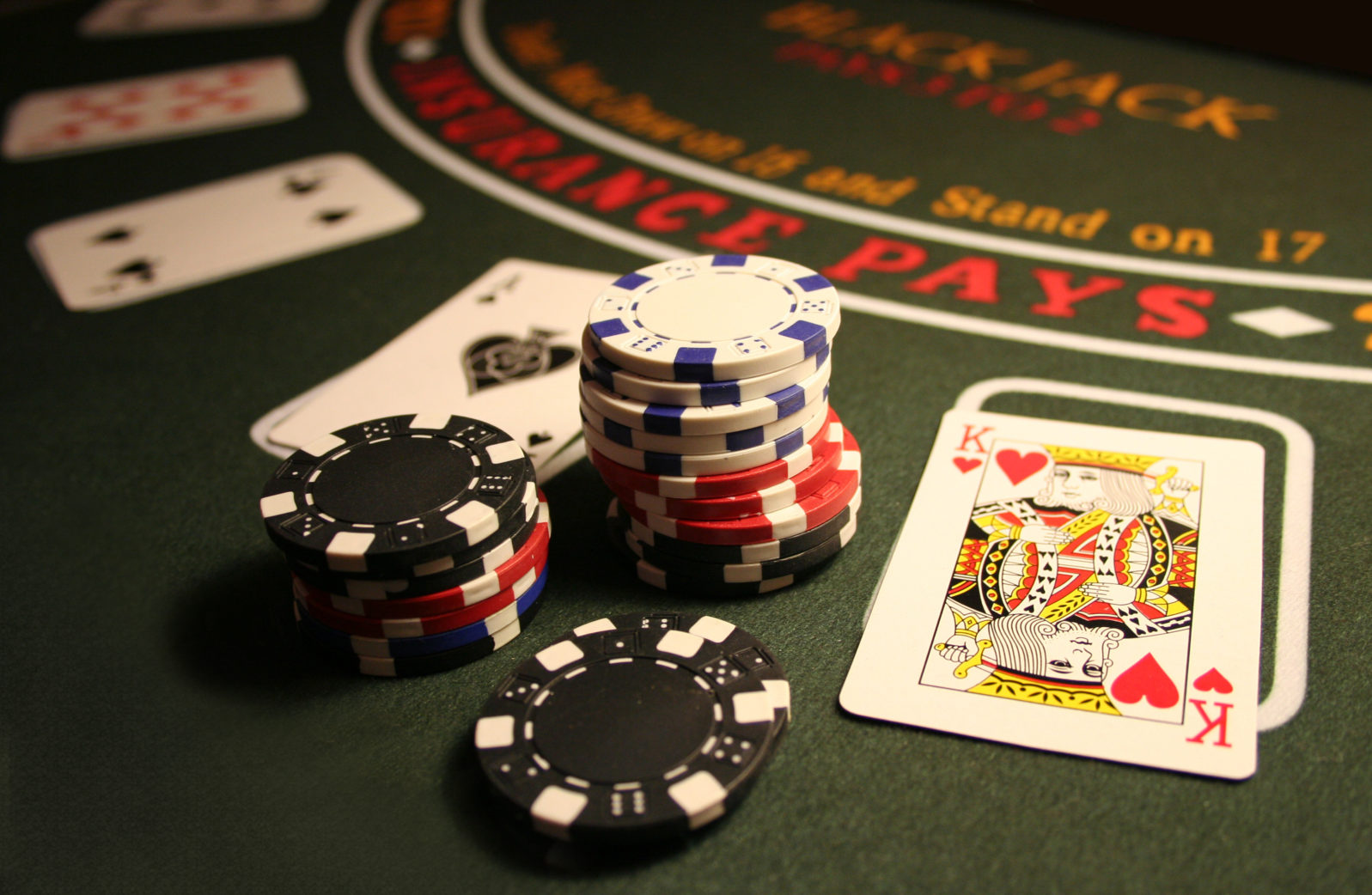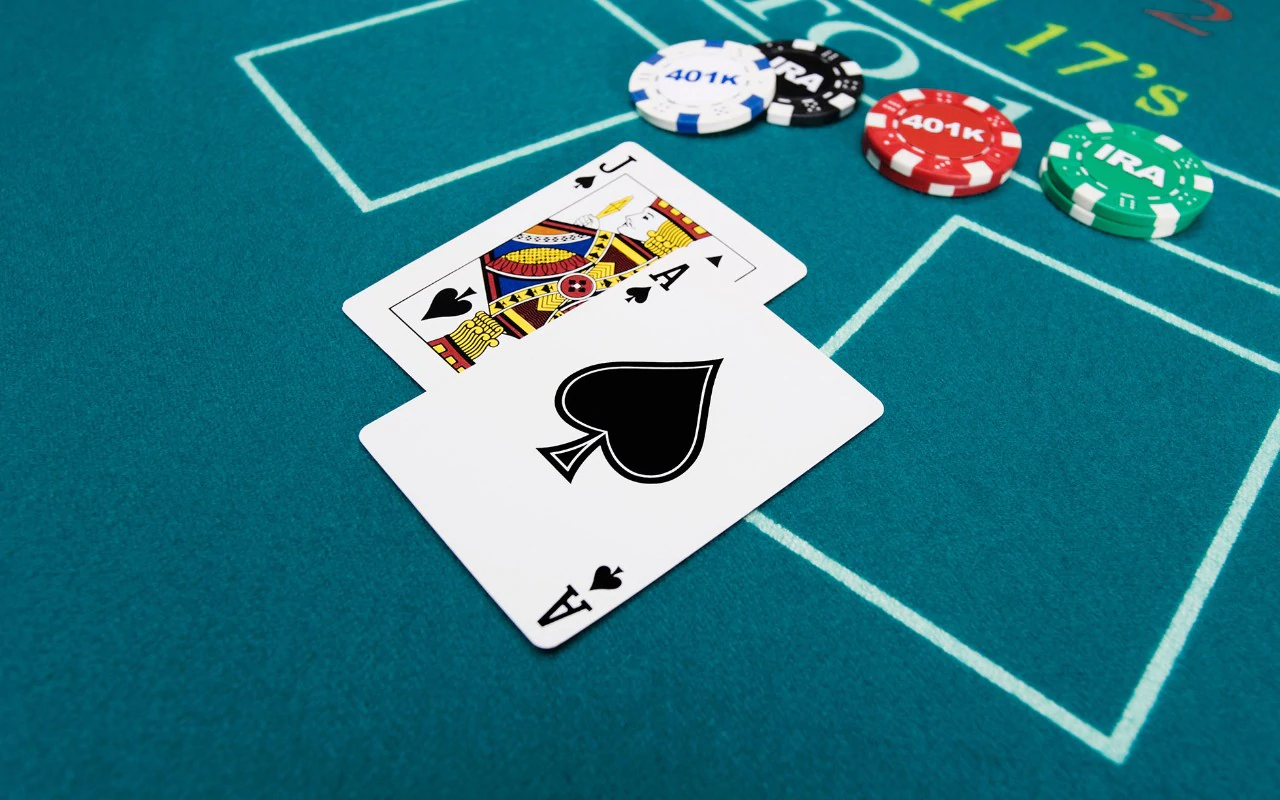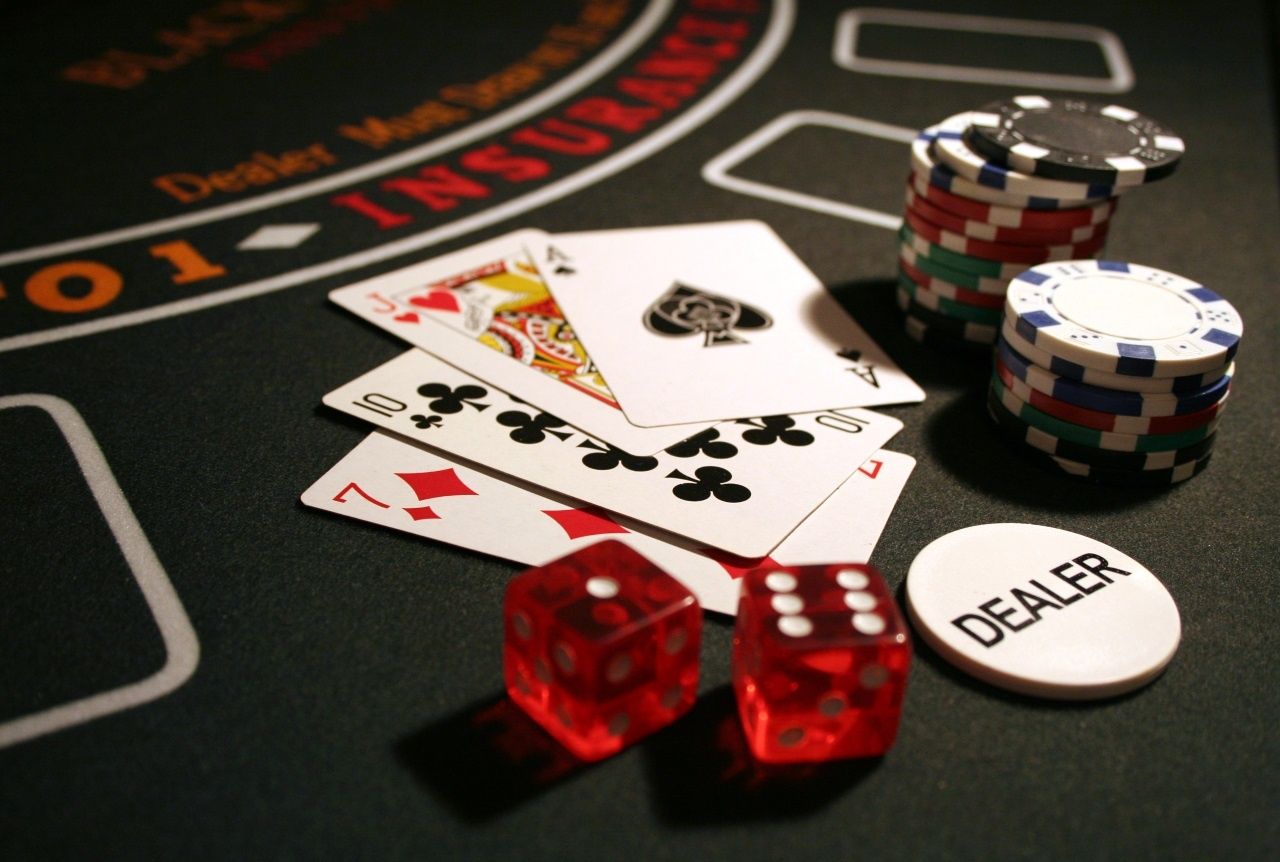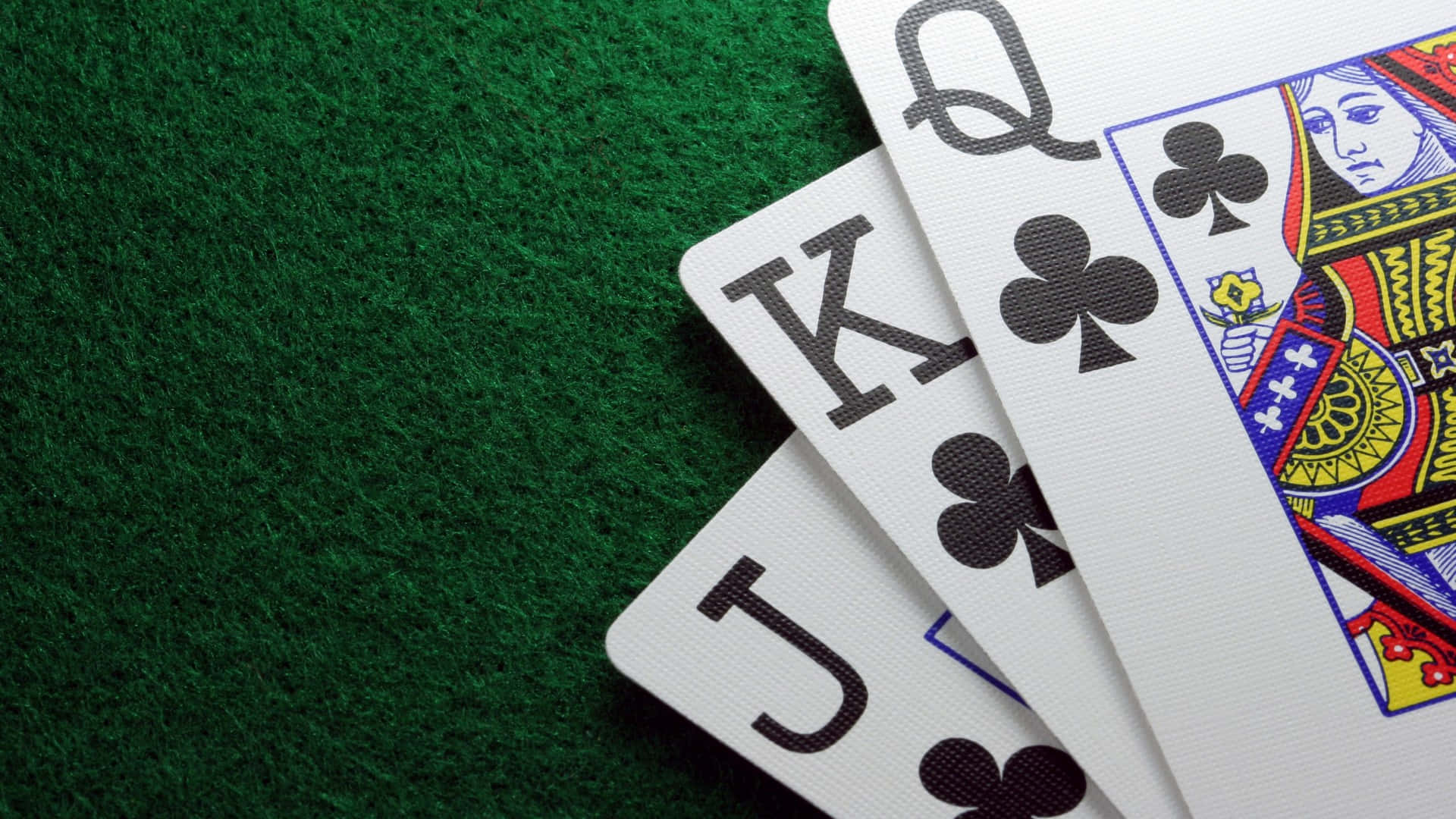Introduction
What Is Splitting In Blackjack: In the captivating world of blackjack, “splitting” is a strategic move that adds an intriguing layer of decision-making to the game. Splitting blackjack involves the option to divide a starting hand of two cards with the same rank into two separate hands. When a player is dealt a pair, such as two 7s or two 10s, they have the opportunity to split the pair and create two new hands. This strategic maneuver allows players to potentially improve their chances of winning and turn unfavorable situations into more favorable ones.
The option to split in blackjack opens up a range of possibilities and introduces an element of risk management and calculation. It is a key aspect of basic blackjack strategy that players can utilize to gain an advantage over the dealer and the game. However, not all pairs should be split, and knowing when to make this move is essential for making informed decisions at the table.
By splitting, players can transform a weak hand into two potentially strong hands, starting with cards that offer better prospects. Additionally, splitting provides opportunities to double down on each new hand and capitalize on dealer weaknesses or unfavorable situations.
In this exploration of splitting in blackjack, we will delve into the guidelines for when to split, which pairs to avoid splitting, and the strategic benefits it offers in this classic game of chance and skill. Understanding the intricacies of splitting is a valuable skill that can elevate a player’s blackjack prowess and add excitement and anticipation to each hand played.
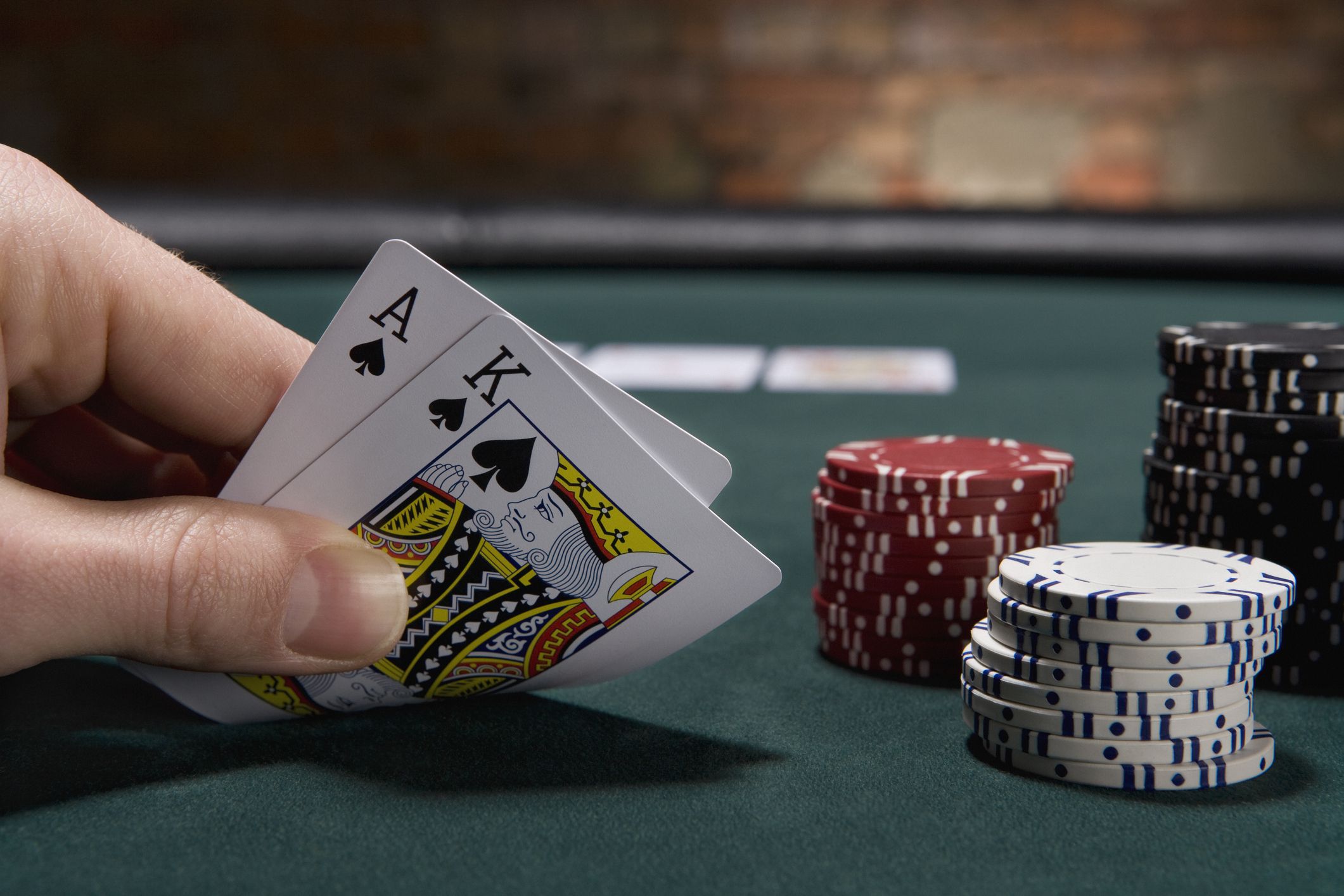
How does splitting work in blackjack?
If you hold two cards that are the same number in your hand, like two eights or two sixes, you can split them apart and play each one like two separate hands instead of one. Once you split your two cards into two hands, you’ll place your original bet with one hand and place an equal bet on the second, split hand.
In blackjack, splitting is a strategic move that allows a player to divide a starting hand of two cards with the same rank into two separate hands. This option is available when a player is dealt a pair, such as two 7s or two 10s. By splitting the pair, the player creates two new hands and places an additional bet equal to the original wager on the new hand.
Here’s how splitting works in blackjack:
1. Pair: When a player is dealt a pair of cards with the same rank (e.g., two 5s), they have the option to split the pair.
2. Additional Bet: After deciding to split, the player places an additional bet, equal to the original wager, on the new hand.
3. Separate Hands: The pair is separated, and the player now has two separate hands to play. Each hand is treated independently, and the dealer deals one additional card to each hand.
4. Play Each Hand: The player then plays each hand individually, making decisions to hit, stand, double down, or even split again if another pair is dealt.
5. Winning and Losing: Each hand is evaluated against the dealer’s hand separately. If one hand wins and the other loses, it results in a push (tie) for the player.
Splitting is a valuable tool in blackjack strategy, as it gives players the opportunity to increase their chances of winning by playing two potentially strong hands against the dealer’s single hand. However, it also requires careful consideration of the dealer’s upcard and the player’s overall strategy to make the most advantageous decisions.
When should you split blackjack?
However, regardless of the various situations, the common strategic wisdom in the blackjack community is to “Always split aces and eights” when dealt either pair as initial cards. This is generally the first rule of any splitting strategy.
Knowing when to split in blackjack is crucial for maximizing your chances of winning. Here are some guidelines to help you make the right decisions on when to split:
1. Always Split Aces: It is always recommended to split a pair of Aces. By doing so, you have the opportunity to form two hands starting with a powerful card, increasing the likelihood of getting a blackjack (21) on one or both hands.
2. Consider Splitting Eights: Splitting a pair of Eights is also a common strategy. When you have a total of 16, it’s one of the weakest hands in blackjack. By splitting, you have a chance to improve your situation and potentially end up with two hands with a better starting point.
3. Never Split Tens: Tens form a strong hand with a total value of 20, which is very difficult for the dealer to beat. Splitting Tens would break up a powerful hand, so it’s generally not advisable.
4. Consider the Dealer’s Upcard: Always take into account the dealer’s upcard when deciding to split. If the dealer has a weak upcard (2 through 6) and you have a pair that could be split, it might be a good time to do so to capitalize on the dealer’s potential weakness.
5. Avoid Splitting Fours or Fives: With a pair of Fours or Fives, it’s generally better to avoid splitting. You already have a decent starting total, and splitting might not offer a significant advantage.
6. Use Basic Strategy: Overall, following basic blackjack strategy charts will guide you on when to split based on the specific pair you have and the dealer’s upcard. Basic strategy takes into account mathematical probabilities to make optimal decisions.
Remember that blackjack strategy can vary slightly based on the specific rules of the game and the number of decks in play. Always refer to a reliable basic strategy chart or use a blackjack strategy calculator to make informed decisions on when to split in various situations.
Should you split 20 in blackjack?
However, let’s look at your other option: standing pat on your 20. By standing, you will win around 85% of the time and make about $14 more per $100 wagered than if you split. My recommendation is to stand on your 20.
In blackjack, it is almost never recommended to split a pair of 20s, which is formed by two cards with a value of 10 each, such as two 10s or a King and a Queen. A total of 20 is considered a very strong hand in blackjack, as it is close to the highest possible value without going over 21. Splitting 20 breaks up this powerful hand and significantly reduces the player’s chances of winning both hands.
When you have a pair of 20s, you have a very high probability of winning the hand, especially against the dealer’s weaker upcards (2 through 6). The only way for the dealer to beat a pair of 20s is by getting a blackjack or drawing to a higher hand, which is relatively unlikely.
Splitting 20 in blackjack is widely regarded as a serious mistake, often referred to as “committing blackjack suicide.” Doing so would be counterproductive to basic blackjack strategy and significantly increase the house edge against the player.
What is the advantage of splitting in blackjack?
The key advantage of splitting is that you now have twice as much money on the table, perfect if the dealer looks weak. Presuming the dealer goes on to bust, you now win twice as much money than you would otherwise have done.
The advantage of splitting in blackjack lies in the opportunity to create two separate hands and increase your chances of winning against the dealer’s hand. When you are dealt a pair, such as two 8s or two Aces, you have the option to split the pair and form two new hands, each starting with one of the pair cards. Here’s how splitting can be advantageous:
1. Creating Strong Hands: Splitting allows you to transform a weak hand into two potentially strong hands. For example, when you split a pair of 8s, you start with two separate hands valued at 8, giving you a better chance of improving both hands with additional cards.
2. Doubling Down: After splitting, you have the option to double down on each new hand if you wish. This means placing an additional bet equal to your original wager to receive one more card. Doubling down on a strong hand can lead to increased winnings if the following card is favorable.
3. Capitalizing on Dealer Weakness: Splitting can be particularly advantageous when the dealer has a weak upcard (2 through 6). By splitting certain pairs, you have the opportunity to capitalize on the dealer’s potential vulnerability and potentially win both hands.
4. Potential for Multiple Wins: Splitting gives you the chance to win multiple hands in a single round, increasing your potential payout.
While splitting can offer advantages in specific situations, it is essential to make informed decisions based on basic blackjack strategy. Not all pairs should be split, and some pairs, like 10s or face cards (20), are best left as a strong hand rather than being split. Understanding when to split and when to stand is crucial for maximizing your chances of success in blackjack.

What do you never split in blackjack?
Never split tens.
This is a common rookie mistake in Blackjack. Splitting 10s essentially sacrifices a great hand for a very slim chance at an even better one. See below: If you play a pair of 10s, your hand has a value of 20, which is quite good.
In blackjack, there are certain pairs that you should never split, as doing so would be counterproductive to basic strategy and decrease your chances of winning. Here are the pairs that you should never split:
1. Tens: A pair of tens forms a powerful hand with a total value of 20. Splitting tens would break up this strong hand and significantly decrease your probability of winning both hands. It is almost always recommended to stand with a pair of tens.
2. Fives: A pair of fives gives you a total value of 10, which is a solid starting point in blackjack. Splitting fives would create two weak hands with a value of 5 each, and it is generally better to double down on a total of 10 or take additional cards to improve your hand.
3. Face Cards: Pairs of face cards (King-King, Queen-Queen, or Jack-Jack) also form strong hands with a total value of 20. Splitting face cards would weaken both hands and is not a strategic move in blackjack.
4. Fours: A pair of fours gives you a total value of 8, which is considered a weak hand in blackjack. However, splitting fours is generally not recommended, as it would create two starting hands of 4, making it difficult to achieve significant improvement.
It’s important to note that basic blackjack strategy is based on mathematical probabilities and is designed to optimize your chances of winning in the long run. Following basic strategy guidelines, you can make informed decisions on when to split and when to stand based on the specific pair you have and the dealer’s upcard.
What does splitting in blackjack involve?
Splitting in blackjack involves dividing a starting hand of two cards with the same rank into two separate hands. When a player is dealt a pair, such as two 7s or two 10s, they have the option to split the pair and create two new hands. To do this, the player must place an additional bet, equal to their original wager, on the new hand.
Once the pair is split, the dealer deals one additional card to each new hand, turning the original pair into two separate starting hands. The player then has the opportunity to play each hand individually, making decisions to hit (receive additional cards), stand (keep the current total), double down (double the bet and receive one more card), or even split again if another pair is dealt.
Splitting in blackjack can lead to various outcomes, depending on the cards dealt after the split. For example, splitting a pair of 8s could result in two hands valued at 8, which can be improved with additional cards to potentially beat the dealer’s hand.
However, not all pairs should be split. Some pairs, like 10s or face cards (20), are strong hands that are best left as is. Understanding when to split and when to stand is an essential part of basic blackjack strategy, as it can significantly impact a player’s chances of winning in the game.
What is the concept of splitting in blackjack and how does it affect the gameplay and strategy?
The concept of splitting in blackjack involves dividing a pair of cards with the same rank into two separate hands. When a player is dealt a pair, such as two 7s or two 10s, they have the option to split the pair and create two new hands, each starting with one of the pair cards. This strategic move allows players to potentially improve their chances of winning by playing two independent hands against the dealer’s single hand.
Splitting in blackjack can have a significant impact on gameplay and strategy. It introduces a new layer of decision-making and risk management, where players must carefully assess the value of their pair, the dealer’s upcard, and the potential outcomes of splitting. The goal is to maximize the winning potential in each hand and increase the overall chances of beating the dealer.
By splitting, players have the opportunity to transform a weak hand into two potentially strong hands, each starting with a potentially advantageous card. Additionally, after splitting, players can double down on each new hand, which can lead to increased winnings if the following cards are favorable.
However, not all pairs should be split. Certain pairs, such as tens and face cards, should never be split, as they form strong hands that are best left as is. Understanding when to split and when to stand is crucial for effective blackjack strategy, as it can significantly influence the outcome of the game.
In summary, splitting in blackjack adds an exciting and strategic element to the game, allowing players to create multiple winning opportunities and potentially improve their odds against the dealer. It requires careful consideration and adherence to basic blackjack strategy guidelines to make informed decisions that enhance a player’s chances of success at the blackjack table.
Which pairs should never be split in blackjack?
Here are additional pairs that should never be split in blackjack:
Twos: A pair of twos is a weak starting hand with a total value of 4. Splitting them would create two hands with low values, making it difficult to improve significantly.
Threes: A pair of threes also forms a weak starting hand with a total value of 6. Splitting threes would lead to two hands with low values, which are not advantageous in most cases.
Sixes: A pair of sixes totals to 12, which is a relatively weak hand. Splitting sixes could result in two hands with values of 6, making it challenging to achieve favorable outcomes.
Sevens: A pair of sevens gives a total value of 14, which is better than some other pairs but still not a strong hand. Splitting sevens would create two hands that may struggle against the dealer’s potential strong hand.
Remember that the decision to split in blackjack should be based on the specific pair you have and the dealer’s upcard. Knowing when to split and when to stand is crucial for optimal blackjack strategy and can significantly impact your chances of winning at the table. Following basic blackjack strategy guidelines will help you make informed decisions and enhance your overall blackjack experience.
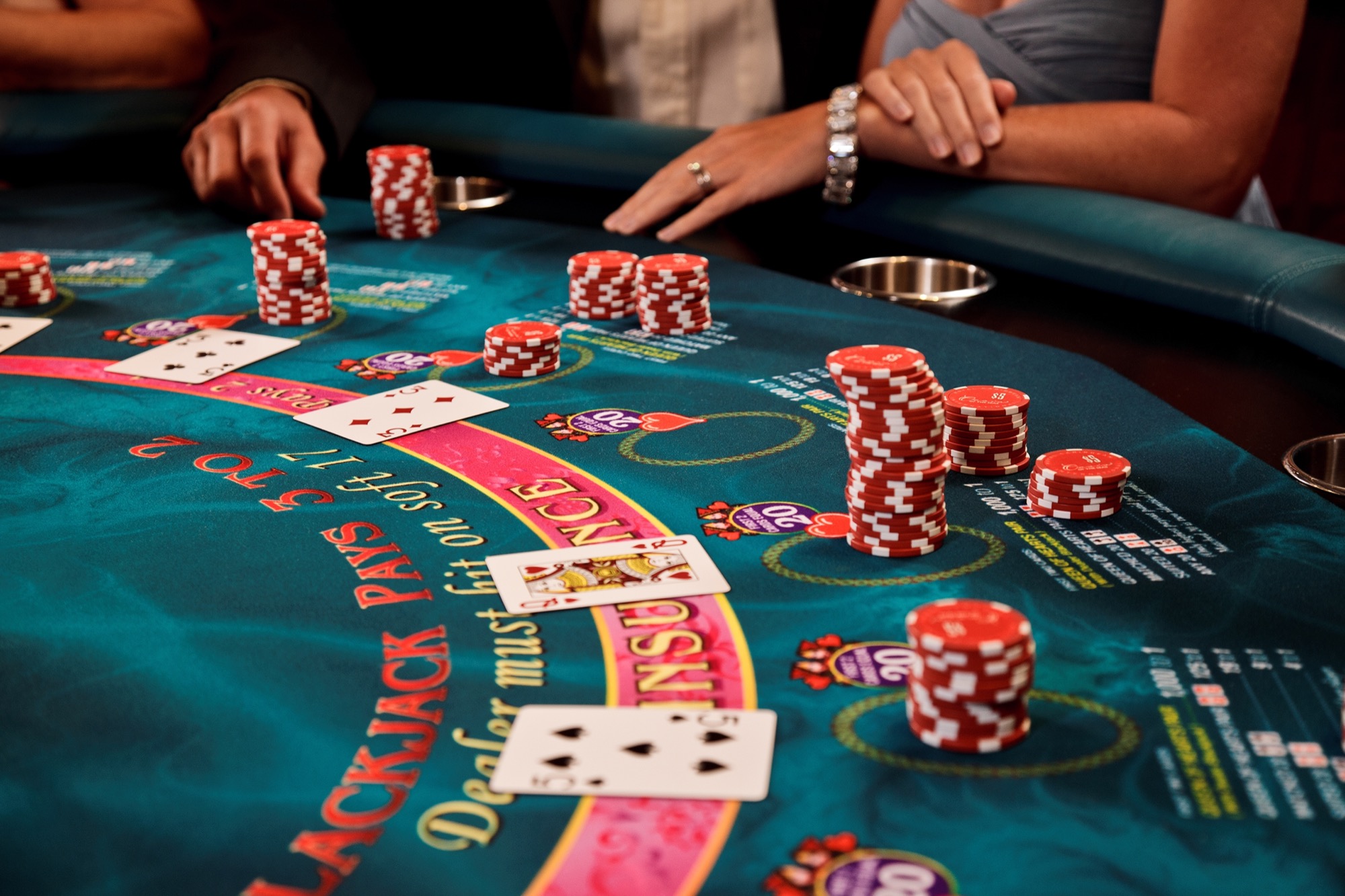
Conclusion
Splitting in blackjack is a strategic and dynamic move that offers players the opportunity to divide a pair into two separate hands. This captivating aspect of the game adds depth and excitement to each hand, presenting players with strategic choices that can influence the outcome of the game.
When used wisely, splitting can turn unfavorable situations into advantageous ones, giving players the chance to capitalize on dealer weaknesses and potentially double their winnings. It allows players to create two new hands, each starting with one of the pair cards, which can be improved with additional cards to achieve winning totals.
However, not all pairs should be split, and understanding when to split and when to stand is crucial for optimizing your blackjack strategy. Certain pairs, such as tens, fives, face cards, and fours, should never be split, as doing so would diminish the strength of the hand and decrease your chances of winning.
Mastering the art of splitting is an integral part of basic blackjack strategy, enhancing a player’s ability to navigate the game with precision and skill. It requires a keen understanding of probabilities, dealer upcards, and potential outcomes, adding a layer of depth to the classic game of blackjack.
By making informed decisions on when to split and when to stand, players can elevate their gameplay and increase their odds of success in this timeless game of chance and strategy. Splitting offers an exciting blend of risk and reward, showcasing the complexity and allure of blackjack as a casino favorite and a true test of skill for players seeking to beat the dealer’s hand and come out on top.


